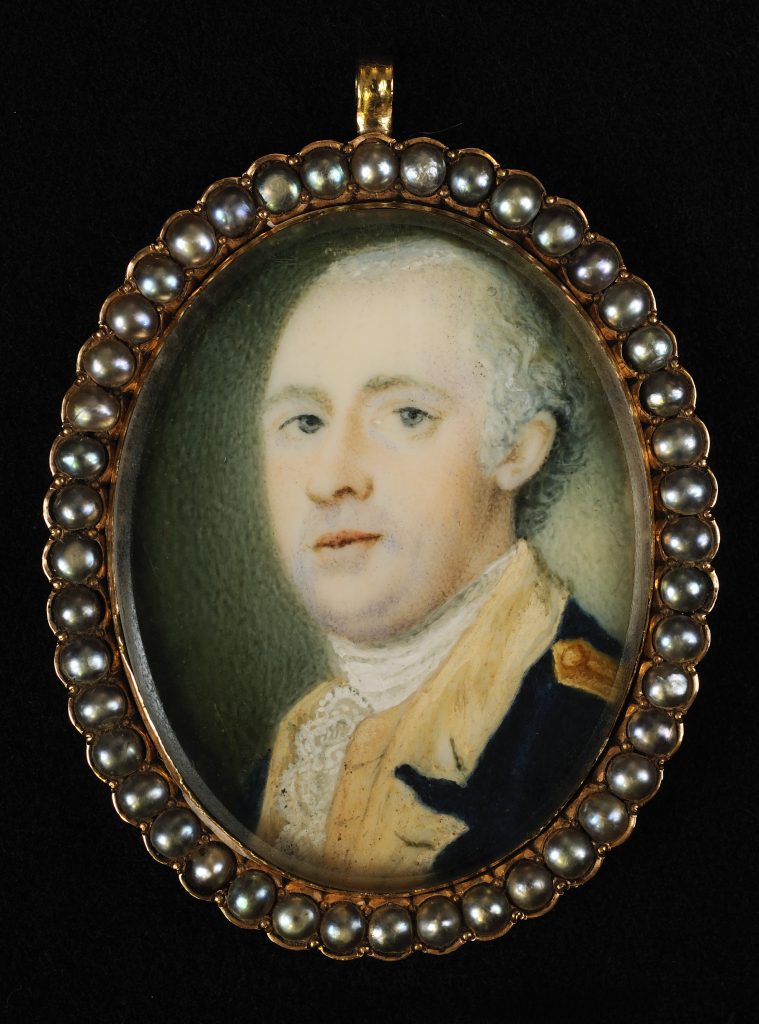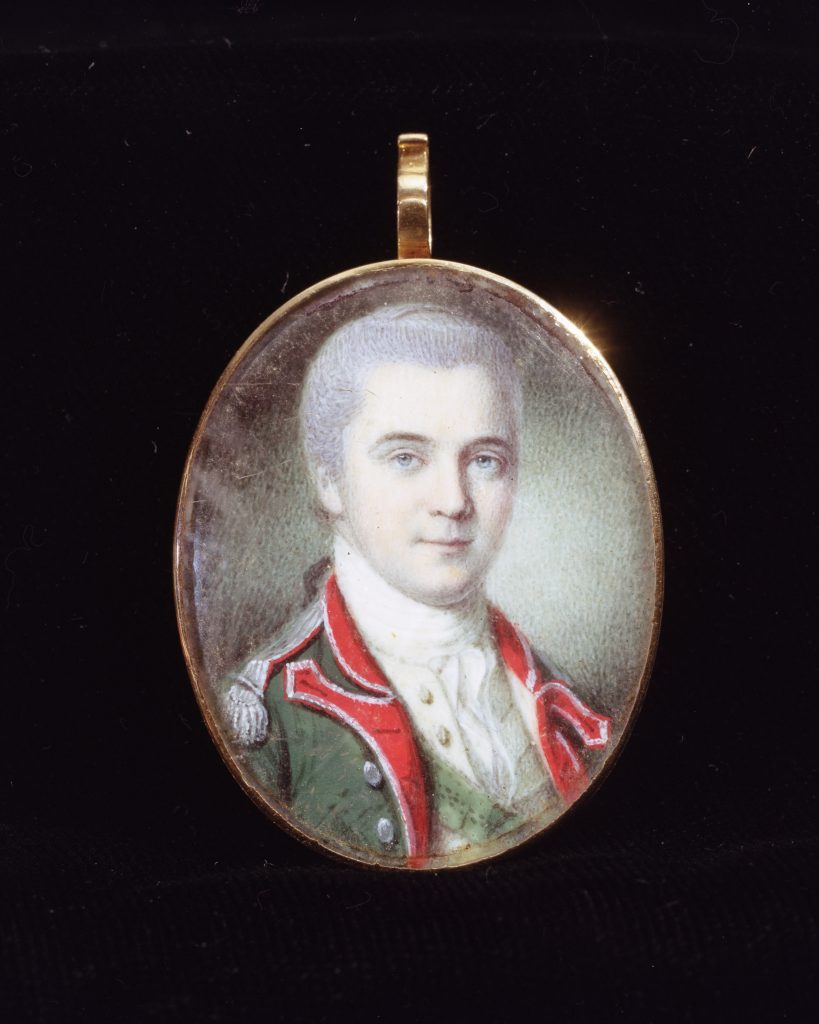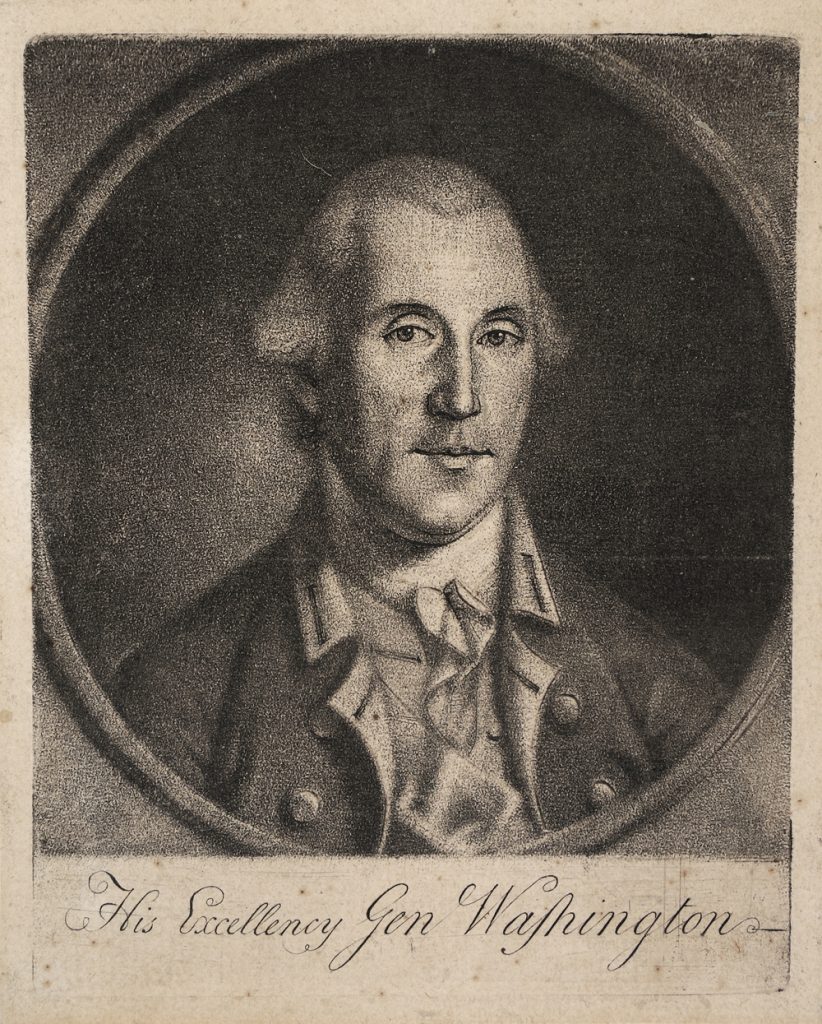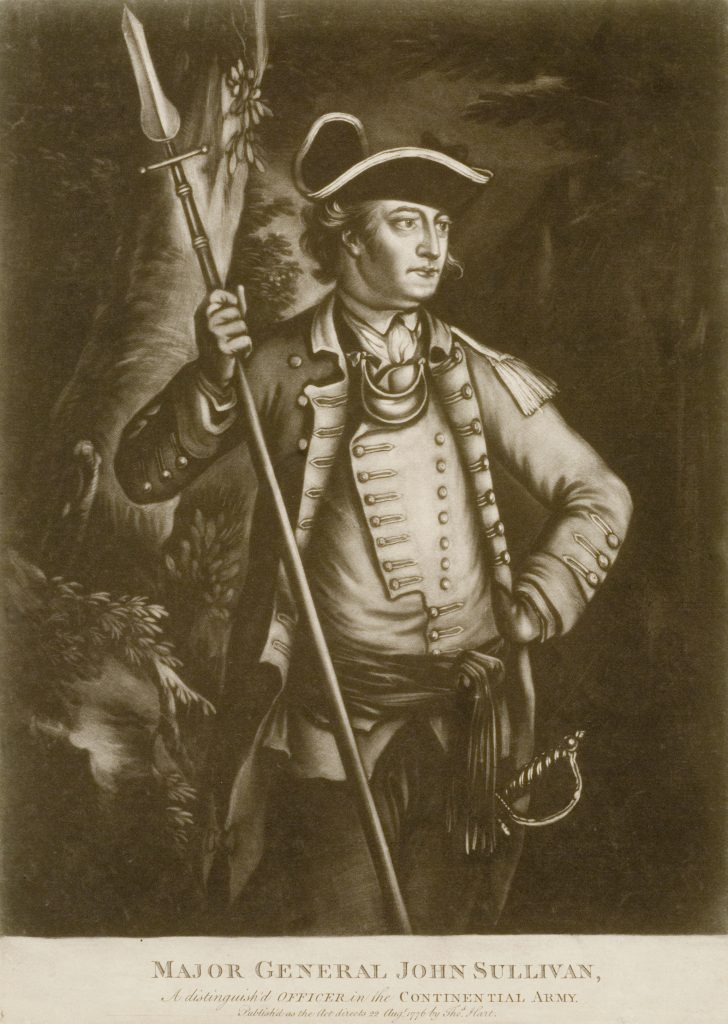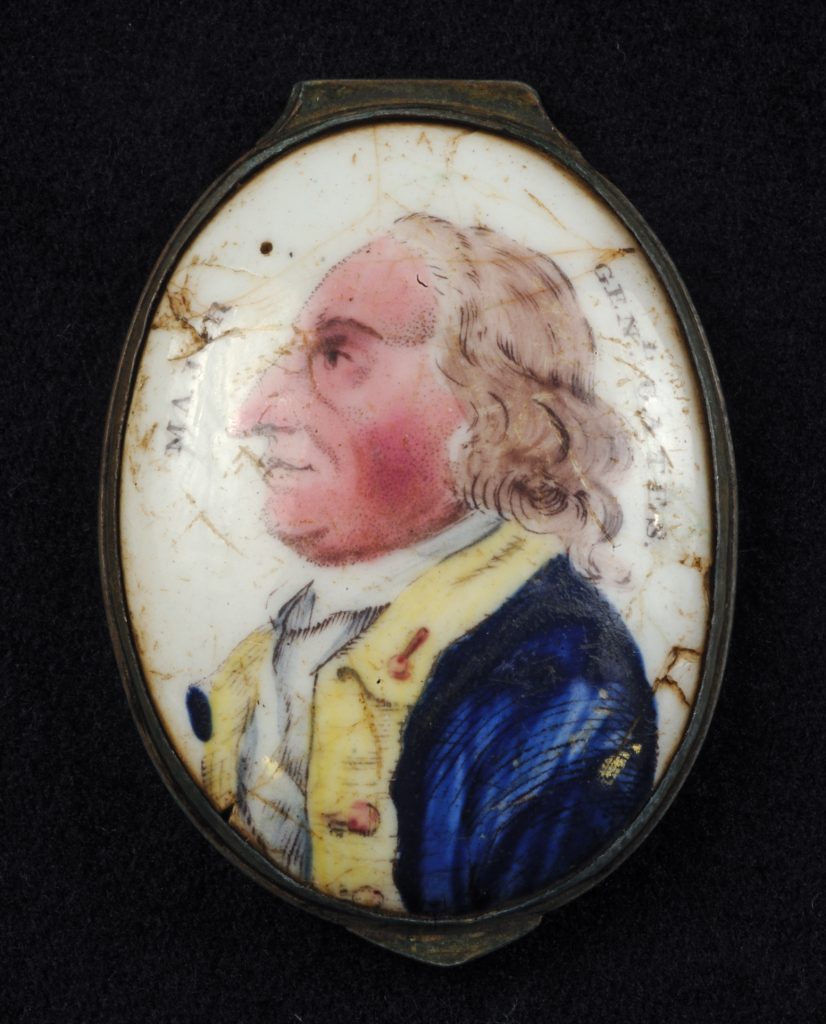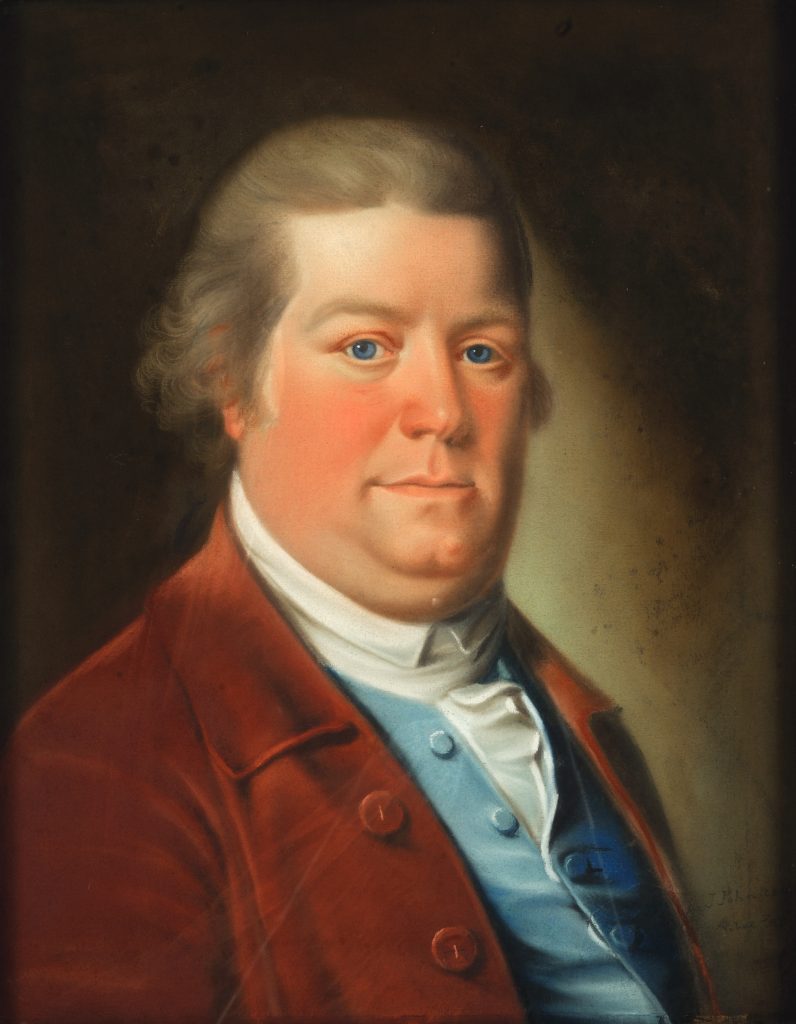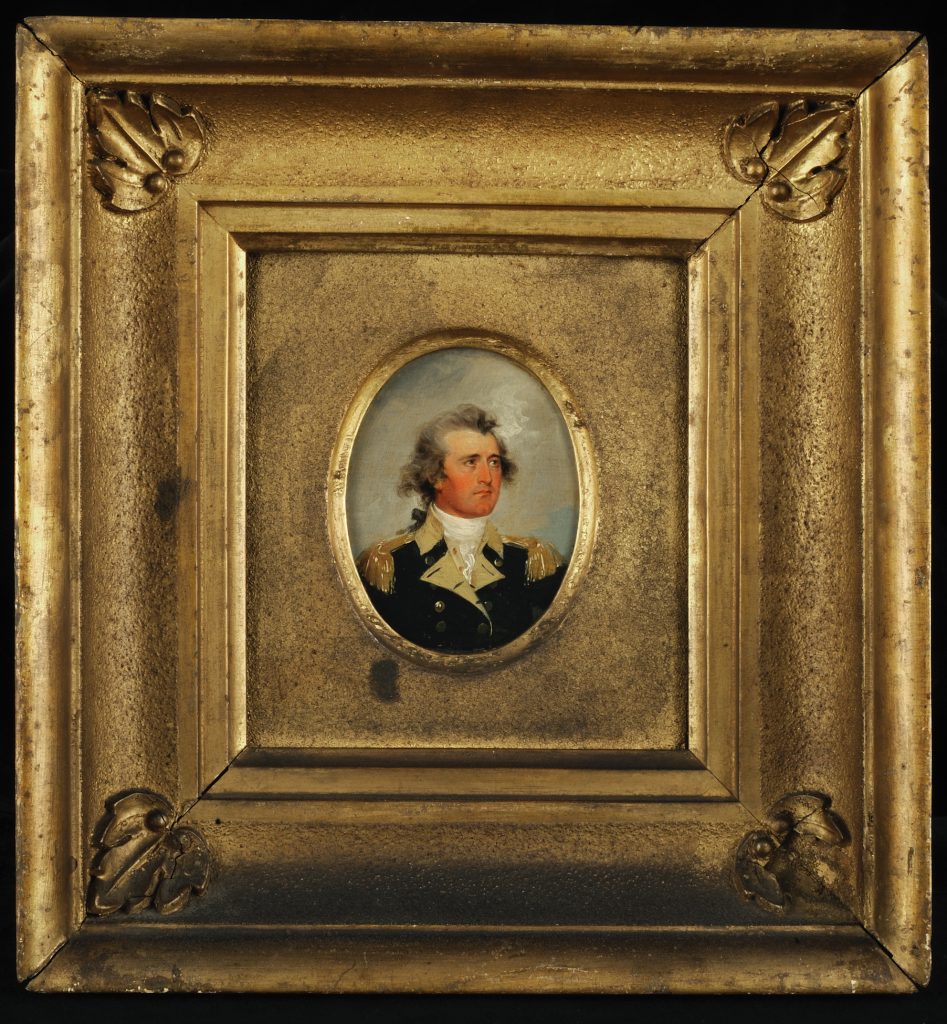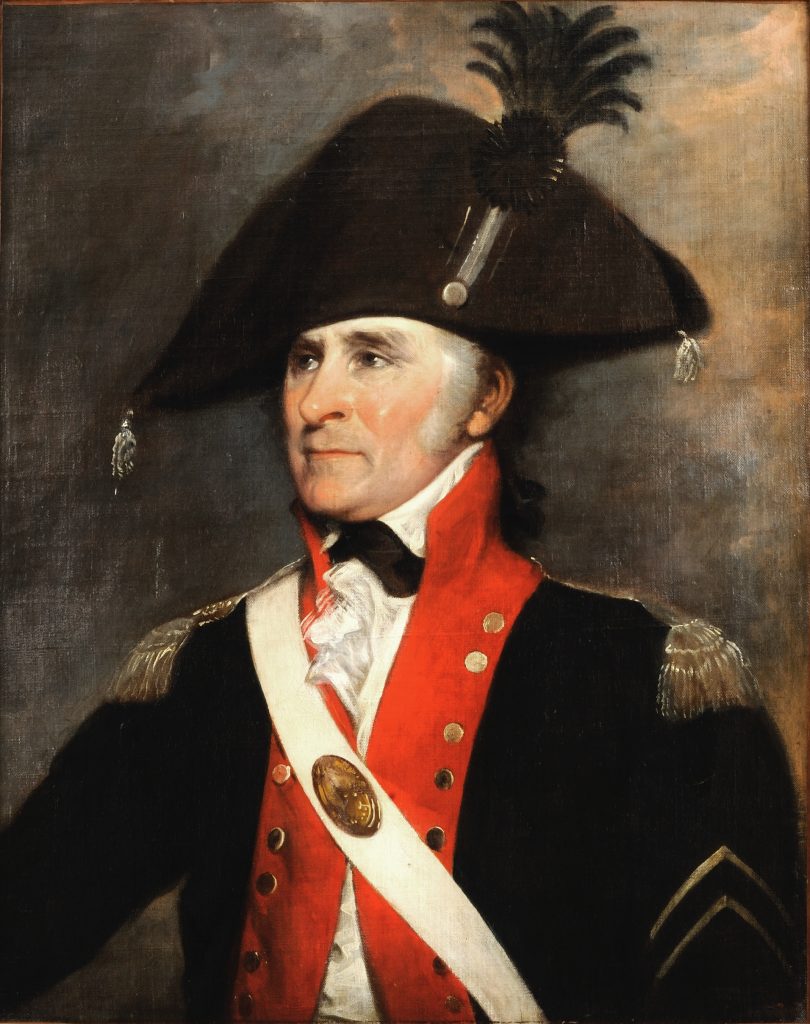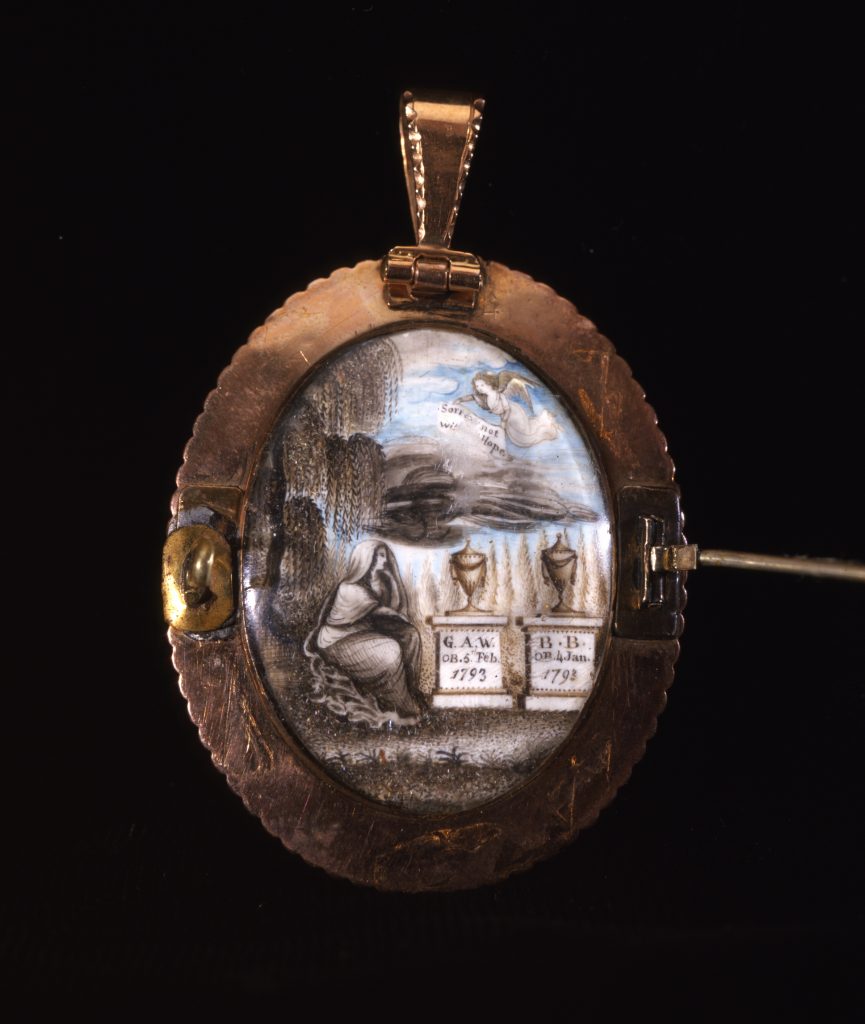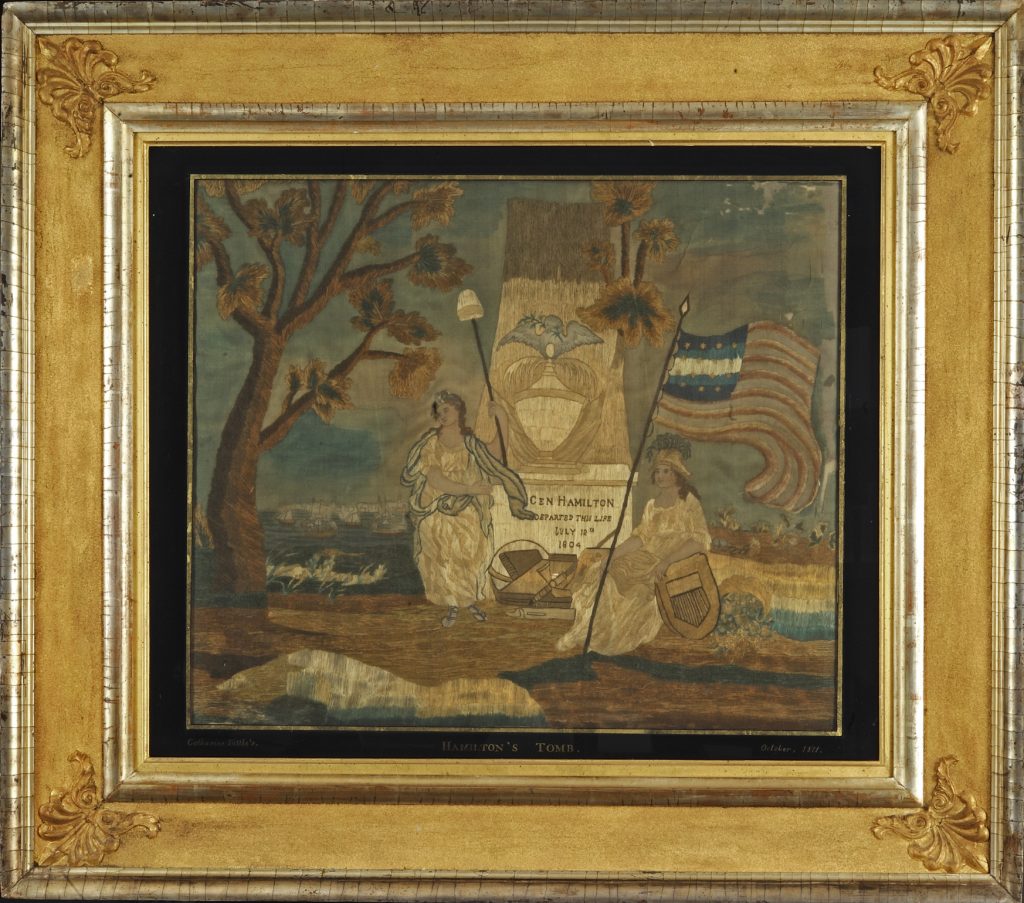For many of the men who fought for American independence, the Revolutionary War was the defining experience of their lives. They paid artists to paint their portraits, identifying themselves for posterity as participants in the cause that established their nation. Officers chose to be depicted in military uniform, forever associating themselves with George Washington’s army and the fight for independence. They also presented portraits to family members and friends, intending that others remember their roles—however small—in securing American independence. These portraits were painted during the war and in the decades that followed, as aging veterans recalled the importance of their service.
Portraits played vital roles in American culture in the late eighteenth century. Full-size oil portraits—whether formal canvases or works of folk art—conveyed the sitters’ standing in their communities and attempted to reveal their ideals and character. These works often marked important milestones, including an officer’s military service or promotion. More intimate portrait miniatures were a staple of romantic and familial relationships, communicating the affection between husbands and wives and parents and children. During the Revolution, women wore miniature likenesses of men in uniform, proud of their association with the American cause. When families lost loved ones, posthumous portraits and mourning scenes provided tangible reminders of and memorials to the deceased. These mementoes sought to preserve the memory of the men who died fighting for American independence and to commemorate their sacrifices for their country.
This exhibition featured more than thirty works of art from the Institute’s collections and several private lenders—some of which had never before been displayed publicly. It explored why these portraits were painted, the significance they had for their sitters and subsequent generations, and the stories of the men memorialized in paint and ink.
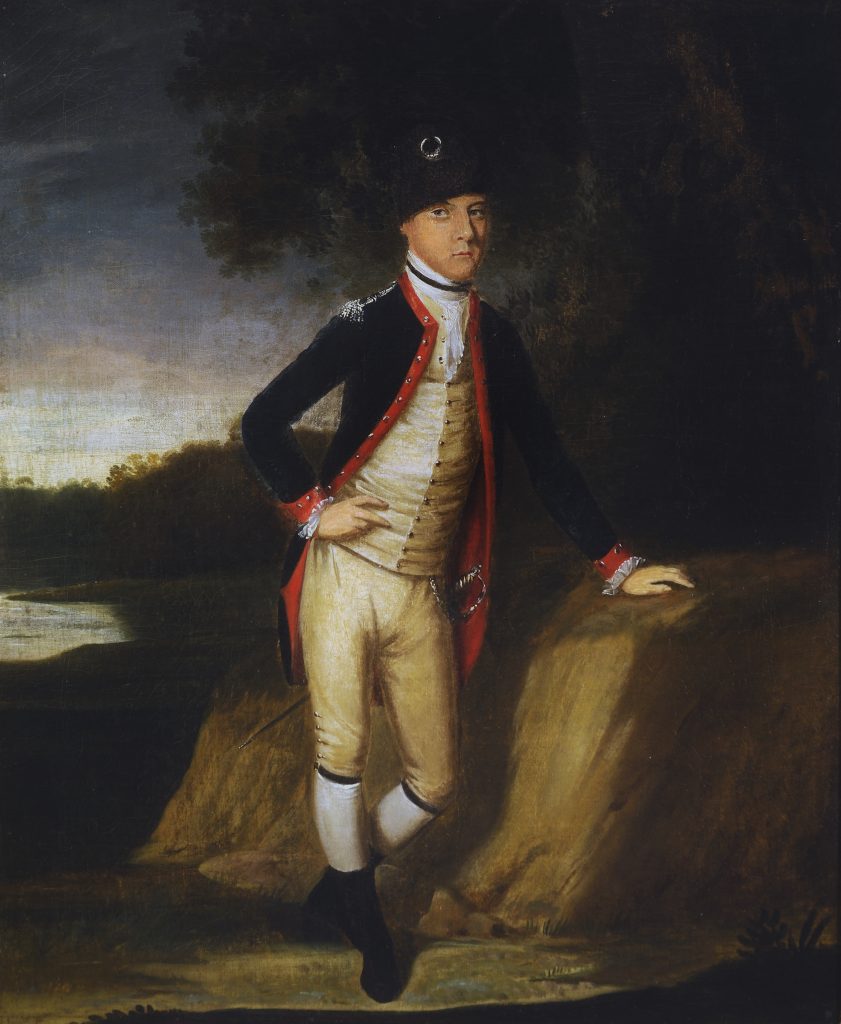
Jacob Shubrick
Henry Benbridge (1743-1812)
ca. 1777Gift of W. B. Shubrick Clymer, Society of the Cincinnati of the State of South Carolina, 1968
This full-length oil portrait of Jacob Shubrick (1757-1778) depicts him in the uniform of a captain in the Second South Carolina Regiment. Shubrick fought in the Battle of Sullivan's Island in Charleston Harbor, the Bunker Hill of the South.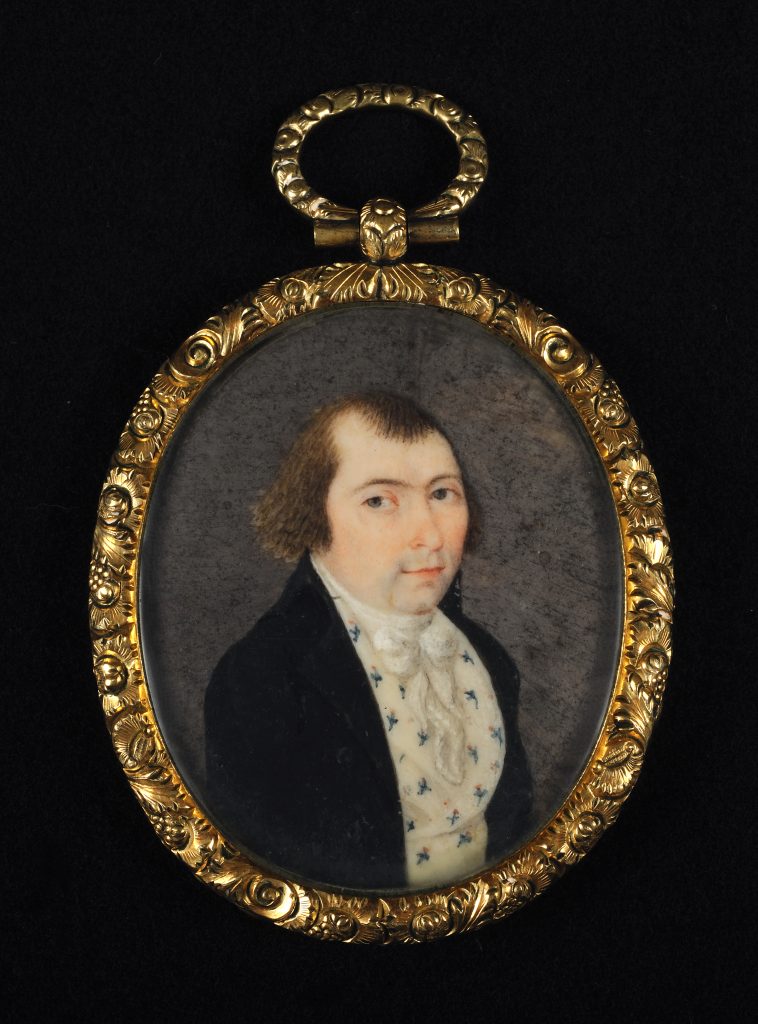
Frederick Weissenfels
ca. 1770-1775Gift of David Charles Becker, New York State Society of the Cincinnati, 1990
This watercolor portrait miniature was painted for Frederick Weissenfels' first wife, Mary, before he left home for the Revolutionary War. A native of West Prussia and veteran of the Seven Years' War, Weissenfels rose through the ranks of the New York Continental Line to the rank of lieutenant colonel.